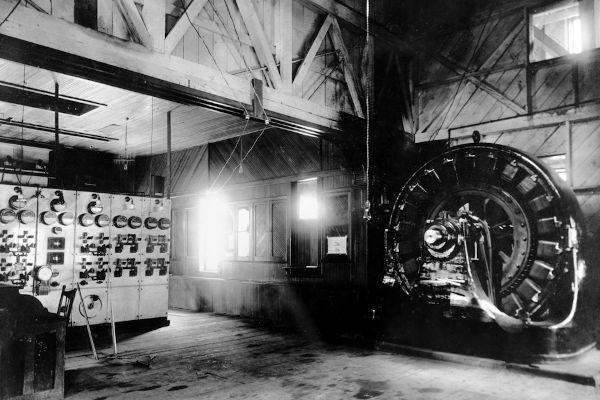You gametes are the cells responsible for forming new individuals during sexual reproduction and transmit characteristics from parents to offspring.
they are the only ones haploid cells (n) of the body of living beings and are known as sex cells, as they melt during the fertilization to give rise to the zygote (2n), which will give rise to an embryo that, after development, will form a new being diploid.
see more
Biology teacher fired after class on XX and XY chromosomes;…
Cannabidiol found in common plant in Brazil brings new perspective…
The halving of the number of chromosomes in gametes is fundamental for the constant maintenance of the number of chromosomes of a species after fertilization.
In humans, for example, the number of chromosomes of the species is 46 (2n), but the gametes have 23 (n) chromosomes that, when joined during fertilization, give rise to a zygote (2n) again.
Who produces gametes?
All living things that perform sexual reproduction produce gametes, whether they are animals
or plants. The production of gametes is called gametogenesisand involves meiotic division to reduce the number of chromosomes.plant gametes
Gametes are different bryophytes, pteridophytes, gymnosperms It is angiosperms.
Bryophytes and pteridophytes have a flagellated male gamete called antherozoid. In gymnosperms and angiosperms, the male gamete is called the sperm nucleus. The female gamete is immobile and called the oosphere in all groups.
The antherozoid is dependent on water to find the eggshell, as it swims towards it. The groups that have a sperm nucleus have the development of a structure called the pollen tube that transports the male gamete to the oosphere.

animal gametes
The male gamete of animals is also flagellated, motile and is called sperm. As in plants, the female gametes of animals are immobile and are called oocyte.
In humans, the sperm is much smaller than the egg and is a cell that has a head and a tail. In the head it transports the genetic material that is stored in the core and the acrosome, which has enzymes to perforate the oocyte wall.
The sperm tail allows the gamete to move until it finds the ovum, it has many mitochondria to provide energy for transport.
The human ovum has several stages of development, until it reaches the secondary oocyte which is released during fertilization. It is surrounded by a zona pellucida and a corona radiata, which is formed by follicular cells.
After fertilization, the secondary oocyte is called an ovum — but, popularly, it is called an ovum at all stages of development.

See too:
- Biology concepts that we should not confuse in the Enem
- Glands of the human body
- Cell cycle and its phases



